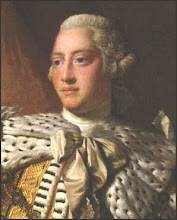AHMEDABAD, India — Dr. Dinesh Joshi puts on an N95 medical mask and opens the door to the swine-flu ward at Civil Hospital in India’s western state of Gujarat. With 5,000 beds, it is one of the largest hospitals in Asia. The swine-flu ward is at the end of a long corridor, its walls lined with drawings made by schoolchildren on the importance of washing one’s hands after using the toilet, of eating a diet rich in protein and of avoiding public gatherings — all actions that Joshi believes will prevent a worse outbreak of the virus that is currently sweeping the country.
Inside the ward for swine flu ward, labeled by its official medical name, H1N1, 6-year-old Purvi sits on a bed with an IV tube in her nose. Her chances of survival, like those of the 15 or so other patients in the room, are uncertain. In the corner, medical assistants enter details of swine-flu cases into the state and central government database. Across the hall is another room, with the word “Suspect” written on the door in Gujarati, reserved for those who may have the virus.
Read the rest here.
The Way to The End
19 hours ago








